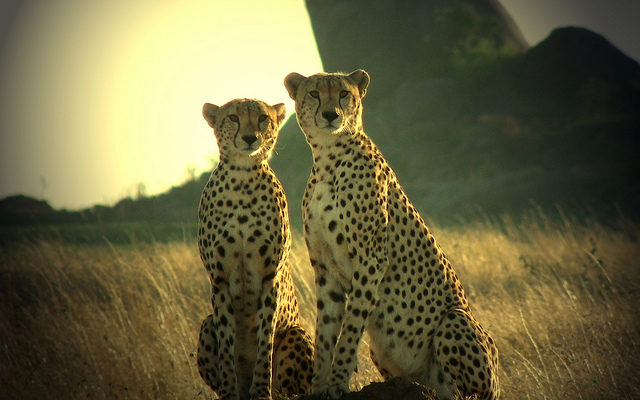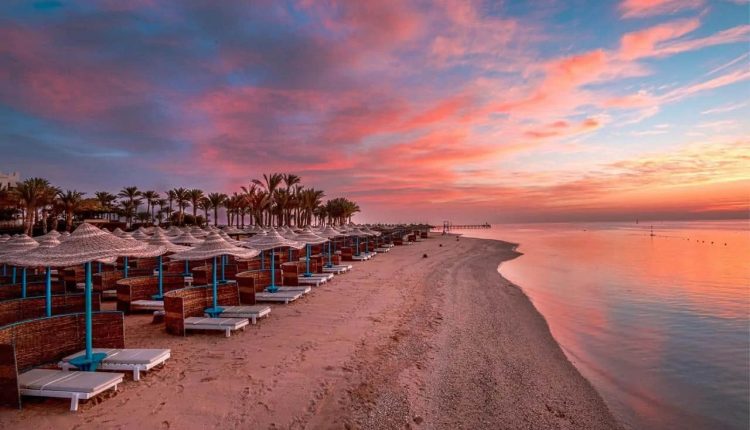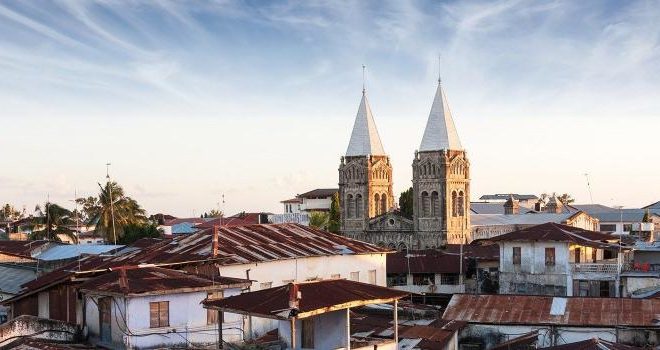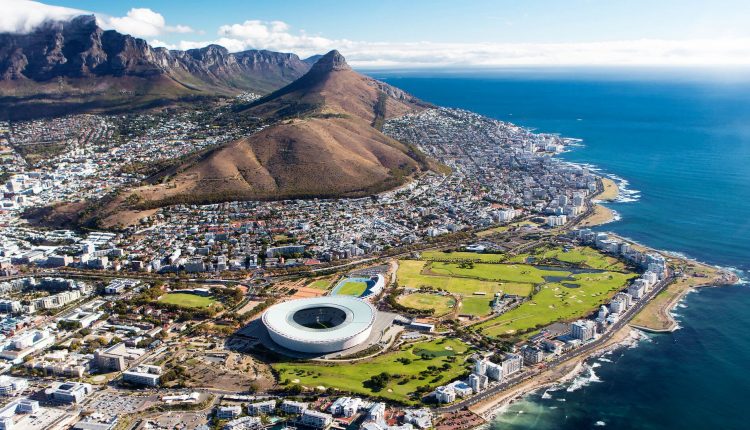The best tourist places in Luxor
If you want to visit Egypt, and specifically plan a tourist trip to visit the city of Luxor, we will show you the best tourist places in Luxor
And known in the past as Thebes (the first capital of Egypt in the Middle Kingdom and the pharaohs of the New Kingdom)
It is famous for its huge, gigantic temples lined up on the banks of the Nile River, such as the Karnak Temple, and in addition to this giant archaeological landmark, there are other temples and landmarks that we suggest you include on your trip.
The best tourist places in Luxor
1. Temple of Karnak
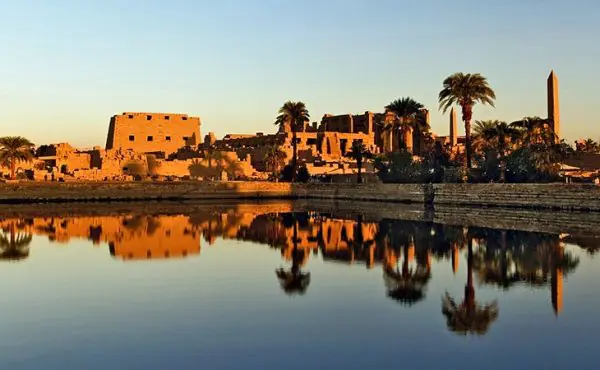
Among the temples that have great historical value, and inside it is the great temple of the god Amun (the sun god)
For the ancient pharaohs, it was a temple for many ancient gods and rulers in successive families
The most important shrines in Karnak Temple
- Sphinx Street: The main procession road to receive the kings
- Great Temple of Amun: the main temple building at Karnak
Northern part of the temple
- Sesostris Kiosk: One of the oldest structures in the temple complex
- Temple of Ptah: It is the temple of the tutelary god of Memphis
North temple district
Read also:Learn about the most important natural landmarks in Mauritania- Montu Temple: the god of war, an ancient local deity in Thebes and built during the rule of the Eighteenth Dynasty
The eastern part of the temple
- Temple of Ramesses II: It was dedicated to the worship of King Mentuhotep III (Eleventh Dynasty).
- Temple of Osiris: A small temple of Osiris, opposite the eastern wall
- Eastern Gate: located behind the Temple of Ramesses II
The southern part of the main temple of Amun
- Holy lake:
- The sacred lake is known in Arabic as Birkat al-Mallaha (Lake of Salt) because the lake's water is salty
- Temple of Khonsu: Short avenue of the Sphinx, established by Ramesses XI
- Temple of Osiris and Opet: Temple (goddess of childbirth, hippopotamus and mother of Osiris)
- Mut Temple: Just south of the gate outside the main body of the temple
Tips to benefit from visiting Karnak Temple
- Attend the sound and light show: price is separate from the entrance price to the temple
- You can book a cruise and enjoy tour guide commentary for a show
- Avoid crowds and crowds, go early to the temple, meaning from 6:00 in the morning, crowd times from 10 am to 3 pm
- Come after 5 pm to see the architectural works reflected in the setting sun
- Walk along the Corniche: If the weather is nice, take advantage
- Taxi: The taxi is available at the gates at the exit, saving you a lot of time if you want to go to other places
- Horse carriages (cooters): A historical means of transportation that takes you to Karnak
2. Valley of the Kings
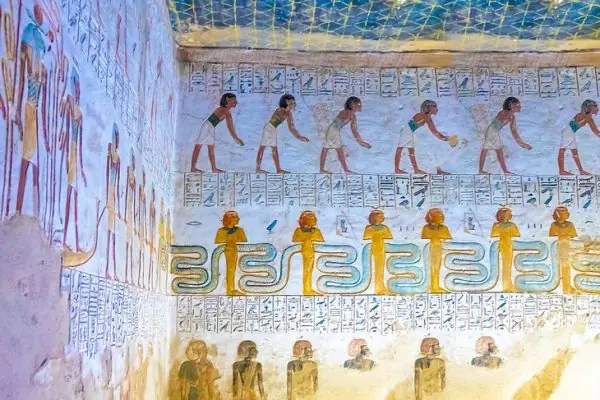
In the west of the city of Luxor, and from the time of opening the Quarter of the tomb of King Tutankhamun, it is considered the most beautiful tourist attraction
Read also:Here is your guide to the most important natural places in SudanIt is considered the largest place where the tombs of the kings of ancient Egypt gather, and according to the numbers of the tombs, each king finds a special room decorated according to his instructions during his life.
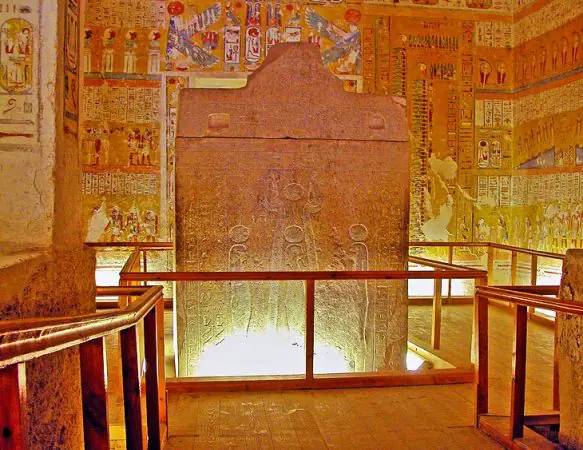
The most famous tombs of the Valley of the Kings and Queens
- Tomb of Ramesses VII: It consists of two rooms and a corridor, and it is considered the smallest tomb in the group
- The tomb of Ramses IV: It is decorated abnormally and the dates of the martyrdom of the tomb's heroes are written on its walls
- Tomb of Ramses IX: In it, you can see some scenes from the life of Ramses IX
- Tomb of Ramesses II: It is a tomb looted in ancient times and badly damaged
- Merneptah's tomb: One of the tombs in which the drawings show the readiness of the courtiers to receive the king in the second life
- Tomb of Ramses VI: The tomb displays scenes of the life of the sun god on the walls and corridors
- Tomb of Ramesses III: One of the most beautiful and largest tombs in the group, and it also contains drawings to show some of the life of King Ramesses III.
- Tomb of Ramesses I: in it you will see a long corridor that ends with a gate guarded by a snake and four men dragging a boat towards a temple containing mummies of nine gods.
- Tomb of Seti I: The tomb of Seti I was also known as Belzoni's tomb after Belzoni opened the tomb in October 1817
- Tomb of Thutmose III: The tomb of Thutmose III is located in a narrow and steep valley, 250 meters south of the tomb of Ramesses III.
- Tomb of Amenophis II: It contains a visualization of Menophis II in the presence of the gods of death, with texts from a pharaonic book called “What is in the Underworld.”
- The tomb of Tutankhamun: It contained the largest and most important discovery of funerary items ever made in Egypt and was transferred to the Egyptian Museum in Cairo, and it is the most famous tomb in the Valley of the Kings.
How to benefit from your trip to the Valley of the Kings
- As in the Karnak Temple, come here at six in the morning or in the afternoon
- Private tours: Provided by the hotel and including the guide and arrangement with your guide to visit the tomb of Queen Hatshepsut
- The tip for the grave guards: the grave guards provide you with a lot of assistance (they may be annoying, but 5-10 Egyptian pounds keep you from inconvenience) in addition to helping them in their lives due to their low salaries.
- Bring a flashlight, some snacks and water
- Tomb Train: A small electric train runs from the visitor center to the beginning of the tombs area
How to get to the Valley of the Kings
- Private taxi
- Tourist bus from the hotel or from a tour desk
- By bike, which is not preferred in hot weather or for non-athletic people
3. Luxor Temple
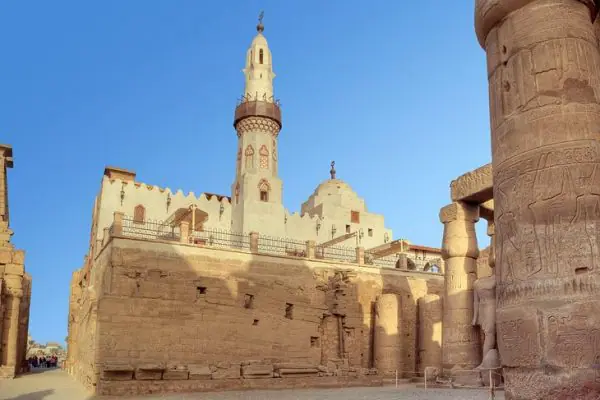
Luxor Temple in the city center, a beacon that displays the changing face of Egypt over the centuries (the Pharaonic era, then Christian Egypt, then the Islamic era, and the renaissance of Islamic Egypt).
Read also:Tourism in Uganda and its most prominent tourist attractions4. Deir el-Bahari Temple (Temple of Queen Hatshepsut)
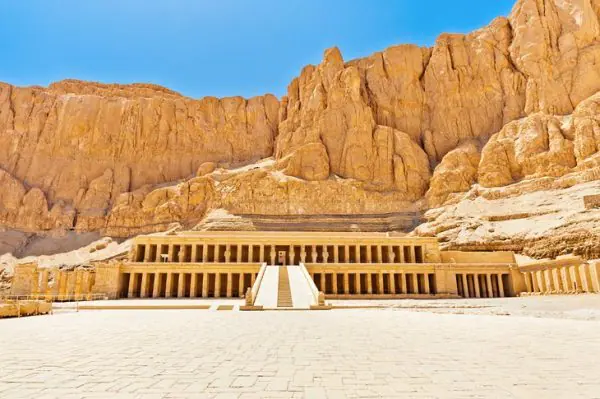
It is a temple consisting of small chambers belonging to Queen Hatshepsut, and it was built on three terraces inside the rocky mountains, and Queen Hatshepsut is considered one of the most powerful kings of the eighteenth dynasty of Egypt. You can see limestone statues of the god Osiris and Queen Hatshepsut in a beautiful distribution
5. Luxor Museum
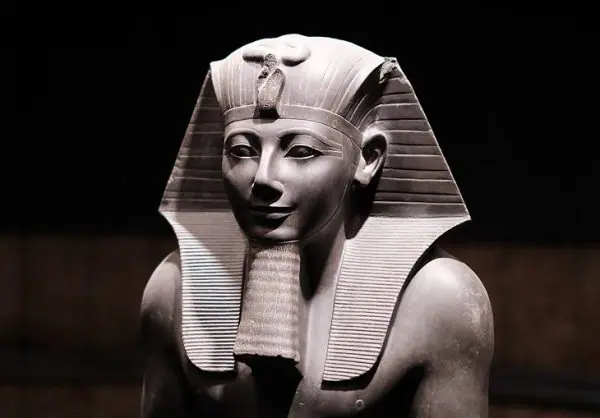
The museum tells the story of ancient Thebes from the ancient kingdom until the Islamic era. The museum's holdings are the royal mummies of Ahmose I and what is believed to be Ramses I in two rooms on the ground floor, which are worth a visit.
6. Habu City
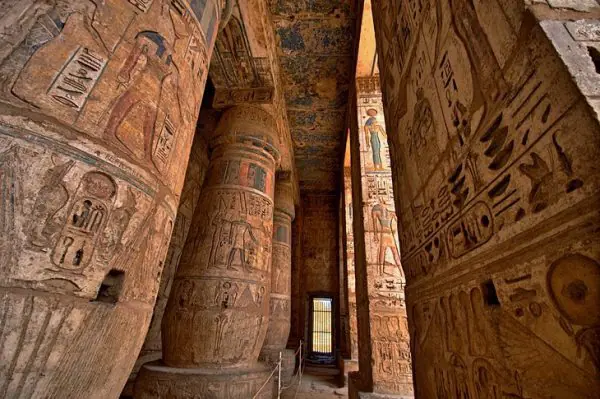
Many tourists neglect to visit Madinat Habu or Habu despite its proximity to the Valley of the Kings and the Deir el-Bahri Temple, which is no less important than the existing temples.
Medinet Habu consists of:
- high gate
- Temple of Ramses III
- South tower
- Eighteenth Dynasty temple
- Holy lake
- Mortuary temple of Amnerdis
- front yard
- The first court in the temple of the Eighteenth Dynasty
- The second court in the eighteenth dynasty temple
- first court
- The Great Column Hall
- royal palace
- The second court
- The second edifice
7. Tombs of the Nobles
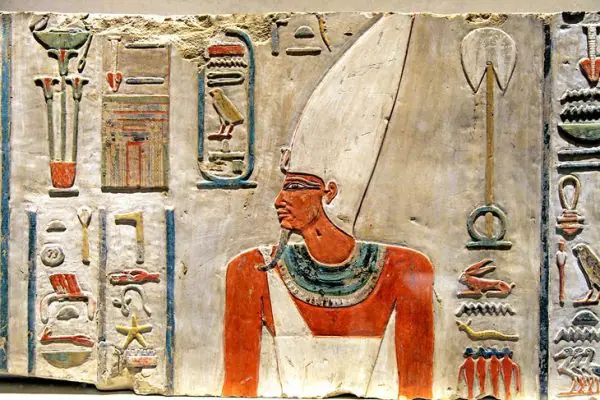
And in it the embodiment on the walls of the tombs of more than 400 personalities from the dignitaries, from the Sixth Dynasty to the Ptolemaic statesmen.
8. My statue is grateful
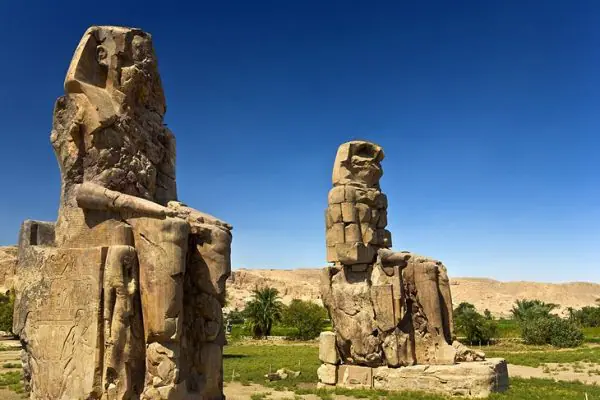
It consists of two tall statues (about 20 meters each). It is worth noting that the famous “North Colossus” or “musical statue” located on the right of the picture shows that the statue emits a musical note at sunrise with light winds
9. Ramesseum
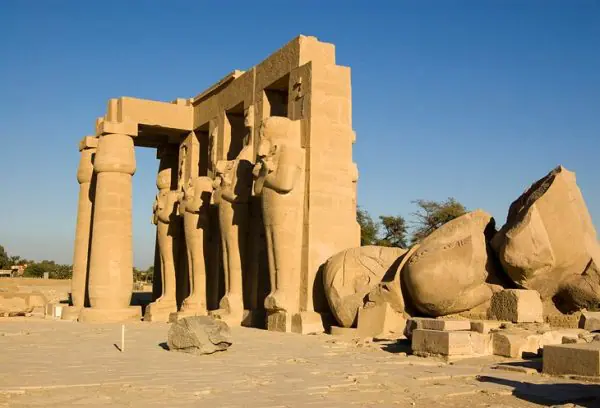
A large mortuary temple built by Ramesses II and dedicated to Amun, on the edge of cultivated land, XNUMX km south of Deir el-Bahri.
10. The mortuary temple of Seti I
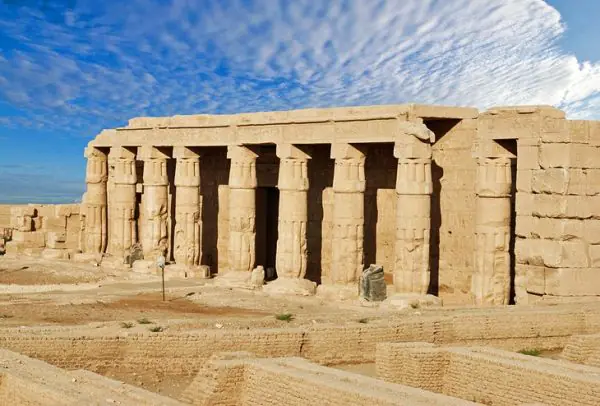
The mortuary temple of Seti I was dedicated in the past, in the era of the Pharaonic state, to Amun and the worship of the father of King Ramses I, and it is one of the historical temples in Luxor that visitors overlook.
11. Felucca ride to Banana Island
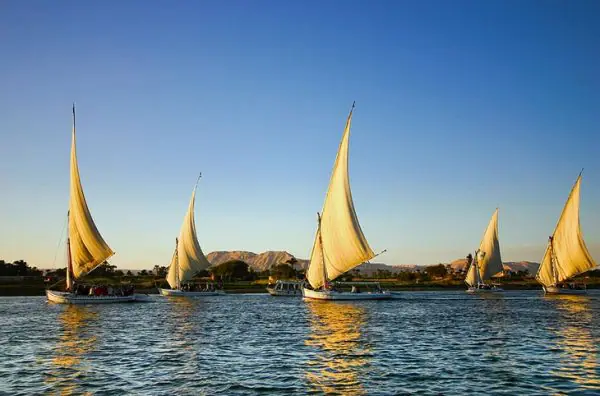
At the end of a day full of visits, there is nothing better than a Nile picnic in a dhow to Banana Island with sunset, seeing palm trees and unspoiled nature scenes on the banks of the Nile
12. Hot air balloon ride over Luxor at sunrise
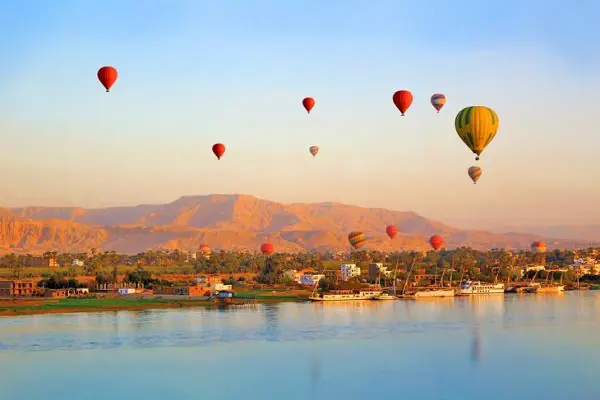
Because the city of Luxor is very hot, I advise you to do this activity in two times, either in the early hours of the day, meaning from 6:00 am, or after four in the afternoon, to see the sights in Luxor, and after landing, I advise you to try horseback riding tours.

